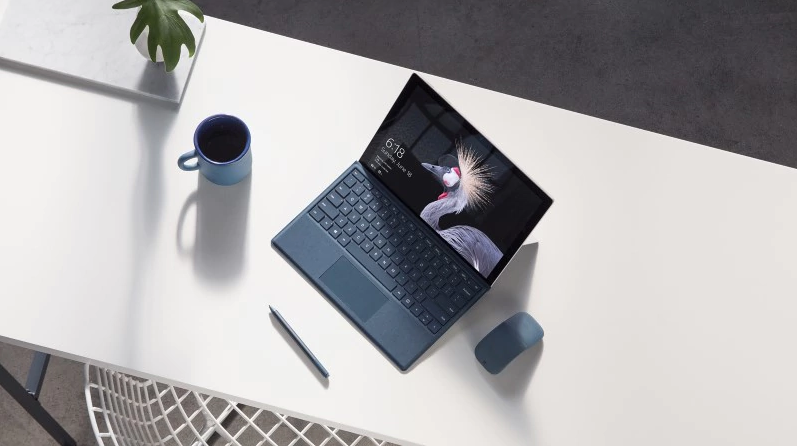
This problem is easily solved by connecting an external display and using the Surface Pro as a secondary screen and input device. A user could customize various set ups for asset management or basic grading tasks if only Blackmagic gave us the chance (hint, hint). I could easily see using Resolve on the Surface alone, if I could just grab one or two of it’s palettes. A mouse or trackball is a necessity, the UI is just too small to drive a work session. When rendered on the screen of the Surface Pro, it’s a perfect miniature and eye-straining to use. The Resolve UI is not configurable and it’s designed for a much larger display area. The Surface Pro has a 12.3 inch screen that displays 1080. This is pretty common for laptop color grading performance in my experience. Anything more complicated than that, and I start working in non-realtime. Working with 1080P, 24 frame, ProRes footage (which works on Windows since Resolve 12.5.2), I can do three nodes without dropping frames: a LUT transformation, a primary pass and a secondary with a single mask. In price and performance one should compare it with a MacBook Pro 15” Retina (Iris GPU, 16GB Ram, Core i7 procs and 512GB SSD). The Surface Pro is only a tablet in the sense that it has a multi-touch screen and detachable keyboard. This price puts it in the class of high-end laptop rather than iPad-challenger. This is the second most expensive model in the Surface Pro 4 line up, retailing at $2199 on the Microsoft Store website. The unit I tested came loaded with a core i7 processor (i7-6650U 2.2GHZ), Intel Iris 540 GPU, 16GB of RAM, and 512GB SSD. Today, I add one more punchline to the dustbin of clickbait titles: “DaVinci on a tablet”. The ironic tech-prediction-punchlines from five years ago: “Wireless Photoshop”, “4k on your phone”, have all quickly come to pass.

The Surface Pro 4, a mechanical keyboard, external display and mouse. I got to see exactly how close we are to a future-present where film grading can happen on machine so small you could easily lose track of it on a messy desk. Blackmagic Design and Intel loaned me a Surface Pro 4 to test the performance of the Iris GPU and Core i7 processors.


 0 kommentar(er)
0 kommentar(er)
